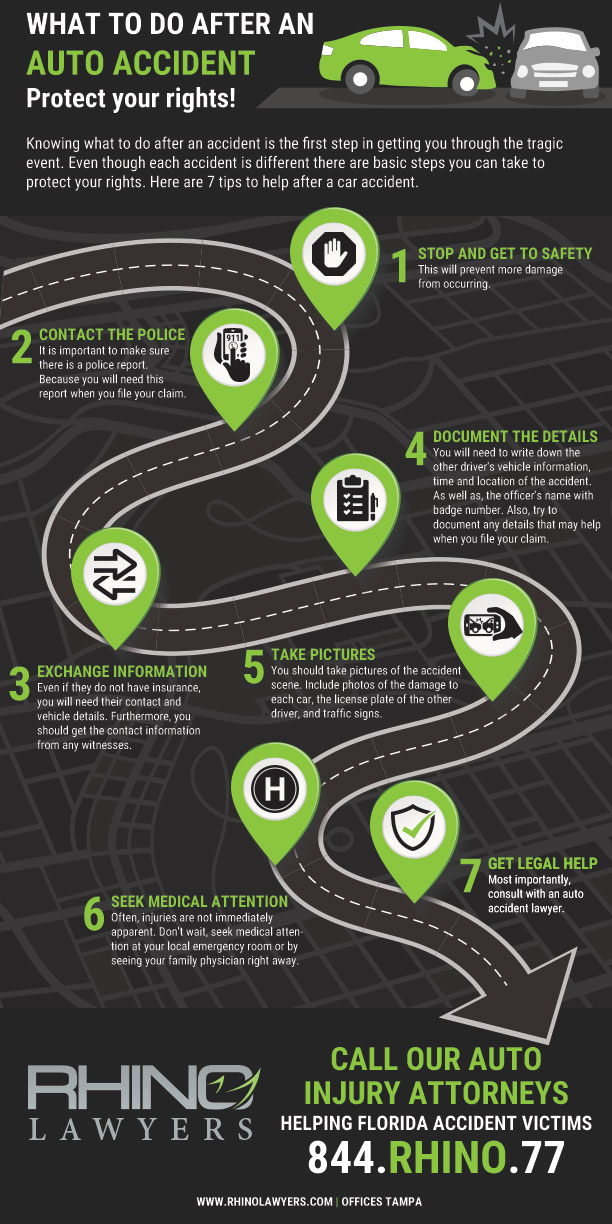Driving kills as many Americans each year as guns. As much as we rely on our vehicles, it’s important to recognize that every time we get behind the wheel of an automobile, we put ourselves at serious risk.
Fatalities, of course, aren’t the only concern. Traumatic brain injuries often occur as a result of car accidents. Coupe and contrecoup brain injuries are among the more common types of brain injuries that occur following a serious auto accident.
What do you need to understand about these types of brain injuries if you or someone you love has been in an accident? What are the symptoms and treatments, and how might you afford coverage? Read on and we’ll walk you through what you need to know.
Understanding Coup vs Contrecoup Brain Injury
Traumatic brain injuries (TBIs) are serious and potentially life-threatening medical conditions. They occur when the brain experiences trauma, such as a blow or jolt to the head.
These injuries often occur during car accident incidents because the head is often forcefully collided with some part of the vehicle during an accident.
Two common types of TBI are coup and contrecoup brain injuries. These TBIs are similar but do have some important key differences.
What Is a Coup Brain Injury?
A coup injury is a type of TBI that occurs at the site of impact. This means the injury occurs exactly where the force of the blow is applied. This impact can cause the brain to hit the skull, resulting in bruising, swelling, or bleeding.
If a driver were to be thrust forward in an accident and hit their head against the steering wheel. Then this would likely result in a coup injury.
The injury would likely occur more or less directly where the skull made an impact with the wheel.
What is a Contrecoup Brain Injury?
A contrecoup brain injury, in many ways, is the exact inverse of a coup brain injury.
It occurs on the opposite side of the brain from the site of impact. This happens when the brain rebounds and hits the opposite side of the skull.
This might happen when a driver is rear-ended, and the driver would be pushed backward, against their own seat.
In this situation, the skull might move at a higher velocity than the brain, causing the front of the skull to make an impact on the brain. This means the point of injury might actually occur on the opposite side of the skull where the impact was actually made.
Symptoms of Coup and Contrecoup Injuries
Both coup and contrecoup injuries can occur in any part of the brain, but they most commonly occur in the frontal and temporal lobes.
The severity of the injury can range from mild to severe, and the symptoms can vary depending on the location and extent of the injury. The symptoms might also not be immediate.
They may develop or worsen in the hours and days after the accident. For this reason, it’s important to be on the lookout for signs of trouble even if you initially feel fine when leaving the scene of the accident.
Symptoms can come in many forms: physical, emotional, and cognitive difficulties.
The most common physical symptoms include headaches, dizziness, loss of consciousness, seizures, and difficulty with balance and coordination.
Cognitive symptoms can include confusion, memory loss, and difficulty concentrating. If you have trouble getting thoughts together or communicating with others, it can be a huge sign that some sort of traumatic brain injury has occurred.
Any sort of difficulty with language can be a huge red flag when it comes to this kind of accident.
Emotional symptoms can be harder to parse, but can also be a huge telltale sign of trouble.
These can include mood swings, anxiety, depression, and personality changes. If someone who is usually relaxed and easy-going suddenly becomes easily irritable or impatient, for example, it might be a sign of serious injury.
Diagnosis and Professional Treatment
The diagnosis of a coup or contrecoup injury typically involves a physical examination, as well as imaging tests such as CT scans or MRIs. It’s important to see a medical professional as soon as possible following an accident.
If you think there’s any chance you or a loved one has sustained a traumatic brain injury, it is not a ‘wait and see’ situation. You should seek medical attention right away.
Treatment for these injuries can vary depending on the severity of the injury and the array of symptoms experienced by the car accident victim.
In some cases, surgery may be necessary to relieve pressure on the brain. In other cases, medication and rehabilitation therapy might be all that is needed.
Early identification of this kind of injury can help to provide better treatment and lessen complications that might result from the injury. While this medical treatment can be largely expensive, it will be needed if the patient is to recover.
Experiencing a Brain Injury After a Car Accident
All accidents can be frightening and scary, but those resulting in serious injury can be truly life-altering. If you’ve been in an accident, it’s important to understand what coupe and contrecoup brain injuries are.
Knowing the symptoms to look out for and steps to take can help secure your well-being after a serious accident.
Need help obtaining the compensation that you have a right to following such an incident? Give us a call anytime for aid and assistance.
CONTACT A TAMPA AUTO ACCIDENT ATTORNEY
In short, after a car accident, you may not know your rights. Above all, don’t struggle through the process alone. Actually, our personal injury team is here to help you with any legal needs you might have regarding your accident.
Lastly, let RHINO Lawyers answer your questions and review the facts of your case with a Free Consultation. So, get started by completing the “Free Instant Case Evaluation” or by calling us any time, day or night, at 844.RHINO.77.










